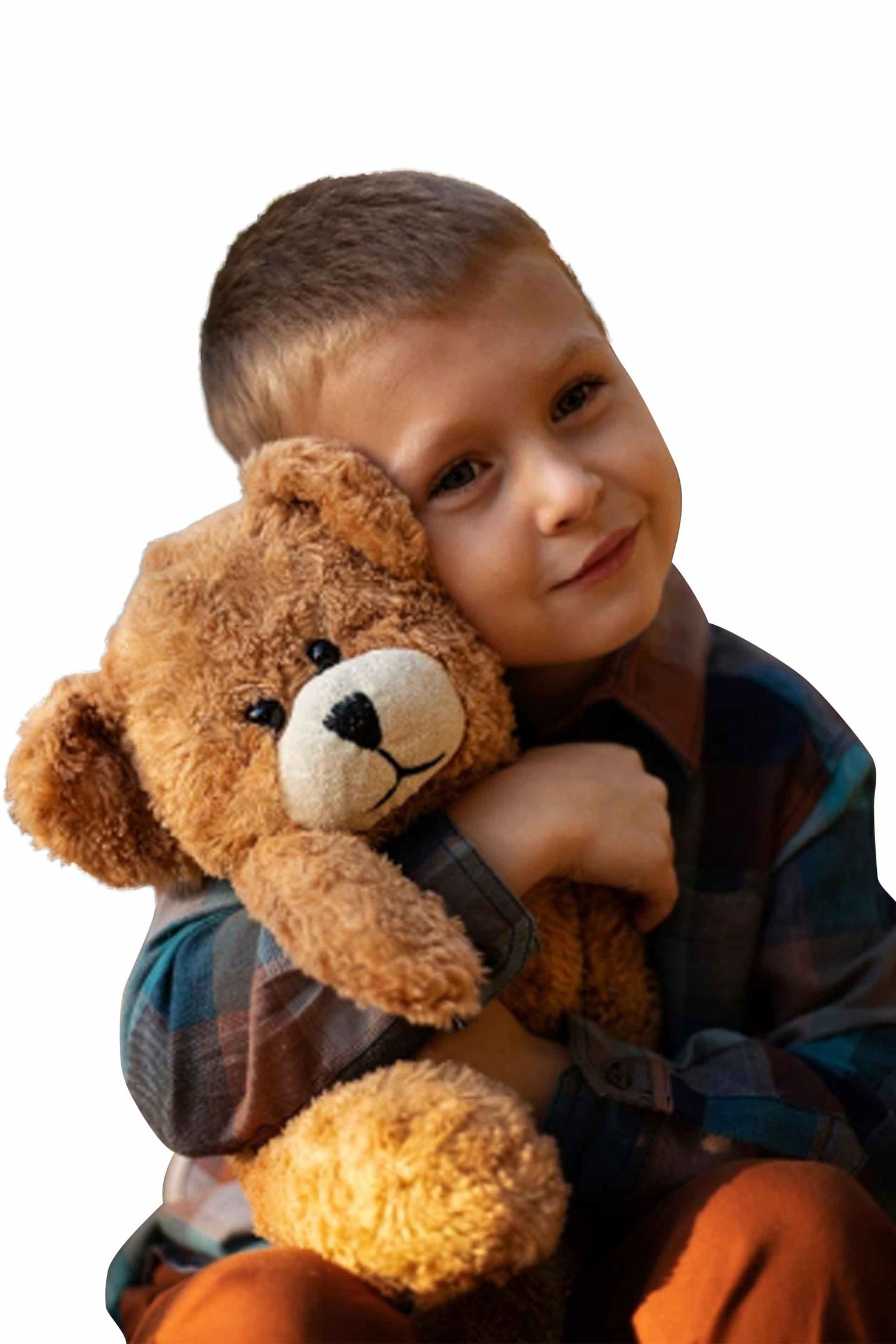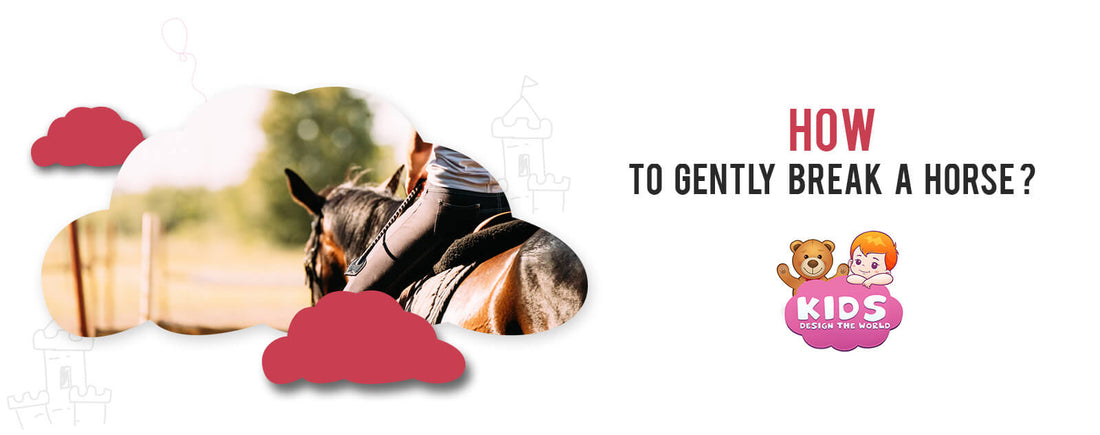Educating a foal from A to Z, teaching him everything and having the pleasure of teaching him the art of riding... Breaking in and training a horse is almost like magic and gives chills to all horse lovers. equine!
But it's not that simple, because the path is long and full of pitfalls. Let's see what are the main phases of training a horse from an early age.
How to strip a horse

Breaking in a horse, what an adventure… Don't jump in blindly: you must be an experienced rider to be able to accompany a foal's first steps in the world of horse riding. Let's start with a brief definition of stripping.
It is about the training of the foal so that it becomes a saddle horse. His initiation is done in several stages and generally spreads over several weeks. When the stripping is finished, the horse responds to the orders given by voice and knows how to move by hand and ride at three gaits
This long-term work then gives way to the classic dressage of the horse. In fact, you don't train a mount until it is perfectly broken in.
When to start clearing?
Stripping occurs at different phases of the foal's life. In the case of a horse intended for horse racing, it will take place very early. In a breeding or an equestrian centre, it generally takes longer to break in the foals.
Same thing for stables specializing in equestrian sports, such as eventing or show jumping. Everything also depends on the use for which the foal is intended: hiking, riding by children, horse-drawn traction… In all cases, the foal must be weaned from its mother.
This is an essential step for it to be sufficiently mature.
Is my foal ready to be broken in?

The weaning of the foal is generally done between 8 and 12 months. However, we do not start work right away. Indeed, we strongly advise against riding on the back of a foal before he is two or three years old. The reason for this is very simple: his spine is not strong enough and his skeleton is not completely finished.
Putting a foal's morphology under strong pressure and tension is the best way to harm its morale and physical growth. This can even be the cause of diseases such as osteochondrosis (disorder of osteo-articular development).
The ideal is to let your foal play in the meadow with other congeners of his age during this crucial period.The ideal is to let your foal play in the meadow with other congeners of his age during this crucial period.
The ideal is to let your foal play in the meadow with other congeners of his age during this crucial period. Playing is a wonderful exercise that allows the young equine to build strong muscles and joints. So keep your common sense and wait until your horse is a young adult before putting it to work.
You will thus avoid irreparable injuries and growth retardation, which would harm his professional future and his well-being.
The main stages of breaking in the horse
If you don't feel ready to break in and train a horse, ask your instructor or an expert for advice. Otherwise, here are the different steps of stripping which must be followed in order. Indeed, do not skip the steps at the risk of harming the psychology of the horse.
Trust
The first step is to familiarize your foal with humans. In reality, this part of learning begins at an early age! Even when the foal is still nursing its mother, you can get it used to your presence .
Indeed, the young equine can not bear to be away from the mare. Take the opportunity to take care of his mother in front of him: long grooming , treats, manipulations with a halter... Thus, the foal will know that you do not represent a danger.
Of course, no need to stick him all the time, give him some oxygen: he will have plenty of time to learn later. For now, just give your foal the best possible conditions to grow and awaken to life.
Ground work
Depending on his character and that of his mother, your foal will have more or less confidence in human beings. Some are easily manipulated from a young age, while others are more reluctant. When you want to start the actual stripping, you will have to teach the foal to let himself be touched and lead easily .
Start by spending time with him, alone in a quarry, and familiarizing him with grooming. Gently run the curry comb and soft brush over all parts of his body, being sensitive to his reactions. Keep in mind that this stimulus is brand new to him!
This is also a good time to teach him how to kick and have his hooves cleaned . The farrier will thank you later...
Introduce him to the halter and lead very gradually. Put them on the ground so that he can sniff them, caress his body with them, bring them gently to his head. When the right moment is right, put the halter on him. Above all, your foal must not suddenly back up and pull the fox.
No contest of strength: give in as soon as he pulls back on the lanyard, so as not to cause injuries and resistance reflexes. When the foal no longer defends itself, you can start walking in hand. Teach him to stay beside you, not overtake, and to turn and stop on command.
Longing work can last several weeks to give your foal confidence.
The discovery of the mount and the harness
Once the halter and lead rope are accepted, move on to the rest of the riding gear. Put the net, the saddle and the carpet in a corner of the arena and let the horse observe them at will. To teach him to accept the bit, you can put a finger in his mouth.
Also, remember that the saddle is a very intimidating, imposing and noisy object. Shake the stirrups to produce metallic sounds to get your foal used to it. You can then approach the saddle to his back very gently and gradually...
Be careful not to cross the limit of his comfort zone. When you feel he is ready, put the saddle down and tie the girth loosely. That's it, your foal is equipped!
The first steps in the saddle
It's time to ride a horse. Don't underestimate the importance of this moment for your foal. However, everything will turn out well if you show delicacy.
You certainly know the metaphor « An iron fist in a velvet glove ". This is how it should be done: have sure, but delicate movements and gestures. Start by putting a saddle suitable for his size on his back and moving it around a bit.
Then, while someone is leading your horse, lie across his back. Be mindful of your own safety and stay cautious if you find your foal is startled.
It's done: your foal is officially a riding horse. In the next few weeks, do short riding sessions, if possible several per day. Your mount tires quickly because of its young age: take care not to exhaust it too much.
When the foal responds well to the main commands (go forward, stop, turn) at a walk, you can try the trot, then the gallop.
How to train a horse
Your horse is broken in: now begins the long school of dressage. In reality, training a horse lasts throughout its life. Equidae are thirsty for learning and must be constantly challenged to stay fit and happy.
Also, the best way to avoid letting bad habits take hold is to remember the correct answers all the time. This applies all the more if you practice equestrian sports in competition, where you need your horse to be responsive and perfectly educated.
Read the great masters
If you are very invested in training your horse, why not learn from the great masters? These great men left their mark on the world of horse riding forever. Xenophon is probably the first known grand master in all of history (430 to 335 BC).
His “Treatise on Riding” inspired horsemen in the Renaissance, notably Federico Grisone . Pluvinel also marked the history of riding in the 16th century by thinking about gentler ways of training horses. Its precepts are still applied today by the Spanish School of Vienna .
The "father of French riding" is called François Robichon de la Guérinière (1687-1751), author of "The cavalry school". In the 19th century, it was François Baucher 's turn to revolutionize dressage methods. One of his most prestigious students is called General La Hotte.
Finally, let's not forget the masters of equestrian art from other countries. One of the most famous is called Nuno Oliviera (1925-1989). This Portuguese rider taught a true way of being on horseback. He advocated balance, symmetry and calm as being the very essence of riding.




